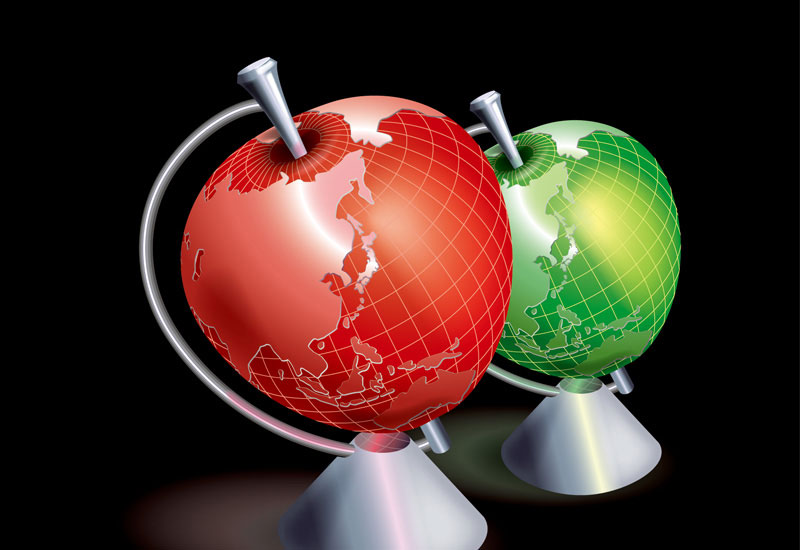

- #APPLE NEWTON INSIDE MAC OS#
- #APPLE NEWTON INSIDE PORTABLE#
- #APPLE NEWTON INSIDE PRO#
- #APPLE NEWTON INSIDE SOFTWARE#
- #APPLE NEWTON INSIDE MAC#
Still, as with the various patents Apple filed over the years, it’s fun to look back later and see how some of the company’s decisions make perfect sense in hindsight. It’s not known how much attention Apple paid to the feedback from the customer survey it sent on this day in 2004, just three years prior to the original iPhone launch. But Apple needed to work out exactly why the Newton MessagePad failed to click with customers.

Inside Apple, two simultaneous iPhone research projects got underway: the so-called P1 and P2 projects. Right from the start, it became clear that both would need to offer PDA-style functionality. It only made sense, therefore, that Cupertino would consider other mobile devices - with the Newton the obvious reference point. The company successfully moved into other areas as well, such as the enormously popular ( and profitable) iPod music player. Legend has it that Isaac Newton formulated gravitational theory in 1665 or 1666 after watching an apple fall and asking why the apple fell straight down, rather than sideways or even upward.
#APPLE NEWTON INSIDE MAC#
However, by the mid-2000s, Apple’s Mac business was booming. “To realize our ambitious plans we must focus all of our efforts in one direction.” Apple’s stealth iPhone survey
#APPLE NEWTON INSIDE SOFTWARE#
“This decision is consistent with our strategy to focus all our software development resources on extending the Macintosh operating system,” he said. He decided to cancel further development of the PDA.Īpple officially ended the Newton experiment on February 27, 1998, with Jobs issuing a statement. Ironically, once Apple actually got the technology right with later devices like the MessagePad 2100 - which perfected the handwriting-recognition system the Newton included as a central feature - Jobs had returned to Apple. His machine worked like funnel within a funnel the inside funnel supplied jam. The press piled on, printing numerous jokes about the Newton and painting the device as a failure. The manufacture of Fig Newtons was made possible by the creation of Florida inventor James Henry Mitchell, who revolutionized the packaged cookie business by building an apparatus that could make a hollow cookie crust and fill it with fruit preserves.


Unfortunately, the Newton technology did not initially work as well as hoped. It was his first attempt to launch a game-changing new product line during his tenure as CEO. Many viewed the Newton as Apple CEO John Sculley’s answer to the Mac. The MessagePad project took place entirely during the decade-long period while Steve Jobs was away from Cupertino after his boardroom coup attempt failed.
#APPLE NEWTON INSIDE PORTABLE#
While at Hewlett-Packard in the 1980s, Sakoman developed the HP 110, the world’s first battery-powered portable MS-DOS PC.
#APPLE NEWTON INSIDE MAC OS#
Steve continued to refine the Mac OS interface through the 80s, then he joined the Newton Group to help design the Newton OS. Apple engineer Steve Sakoman, a passionate advocate of handheld computing, drove the project early on. Steve Capps was codesigner of the Finder and much of the Macs graphical user interface which in reality was the basis of all interface innovation for the last few decades. In some parts of the computing landscape, processors are being split into tightly connected "chiplets" that are less susceptible to manufacturing glitches.įor more from today's Apple iPhone 15 event, check out everything Apple announced.Apple launched the Newton MessagePad in 1993 with the goal of creating one of the world’s first PDAs. As chips get larger, though, they get more difficult to build. The trend reflects how chipmakers are building more and more abilities directly into silicon, an approach that offers better features, performance and battery life if done well.
#APPLE NEWTON INSIDE PRO#
And for the first time, the A17 Pro has hardware-accelerated ray tracing, which helps give light and reflections greater realism in games for a more immersive experience. The new GPU is another highlight, benefiting from what Apple called its "biggest redesign in the history of Apple GPUs." It has a six-core design that's up to 20% faster while also being more energy efficient for sustained performance while gaming. That's a big deal for making the port useful, for example, for transferring video to a laptop or shooting 4K 60fps ProRes video that's stored on an attached external storage device. One region of the A17 Pro is devoted to USB, letting the iPhone transfer data at up to 10Gbps over its new USB-C port.


 0 kommentar(er)
0 kommentar(er)
